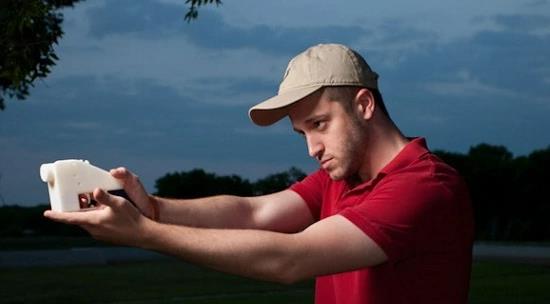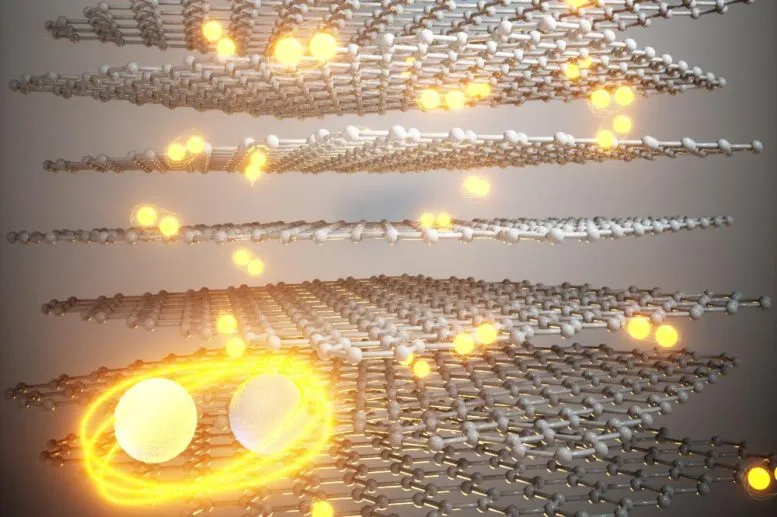3D printing for a wide range of applications
It is understood that 3D printing is a technology that builds objects by layer-by-layer printing based on digital model files, using bondable materials such as powdered metal or plastic.
Different from engraving, cutting and other processes, 3D printing uses a layer-by-layer method to create physical products that are consistent with the digital and analog design. The accumulated materials are plastics, ceramics, metals, etc.
Compared with traditional manufacturing techniques, 3D printing can reduce the complex process and produce objects with special shapes or complex internal structures.
At present, 3D printing technology is mainly used in education, medical, automotive, aerospace, industry and other fields. With the development of 3D printing technology, the application of 3D printing is becoming more and more extensive. There are media reports that food, human organs, etc. can be 3D printed.
The principle of 3D printing medicine is: directly process powdered raw and auxiliary materials into softened or melted semi-solids, then precisely extrude them, and print them layer by layer to prepare a pre-designed three-dimensional structure pharmaceutical preparation.
In the field of consumption, some users have posted 3D printed shoes, car models, badminton, small fans, etc. There are all kinds of things printed, but they are mainly used to print dolls.
According to the survey: the world 3D printing market size in 2020 is about 15.4 billion US dollars, and it is expected that the world 3D printing market size is expected to reach 34.9 billion US dollars in 2023.
The question is, can everything be 3D printed? Are guns also 3D printable?
An 18-year-old man in Australia has been charged with a gun that fires 15 rounds in a row as long as the trigger is pulled. The 3D-printed gun took just two days to build and cost less than 40 Australian dollars (about $28) in materials, police said.
Is there a threshold for 3D printing?
In the industrial field, due to the limitations of printing materials and printing accuracy, the mainstream view is that 3D printing is not everything that can be printed, especially for products that use some composite materials, 3D printing technology appears to be stretched.
In addition, compared with the traditional molding process or assembly line, 3D printing will reduce the production efficiency due to single production, and is not suitable for mass production. At present, it is also applied to some customized products in most cases. And if high-precision 3D printing is required, the cost will rise, and the printing efficiency will drop again.
And for consumer-level 3D printing, not every consumer can “play around”. A digital blogger Zeng Science 3D Printing said that playing 3D printing requires certain programming or modeling expertise, and high-precision printing, the cost of the printer is also a threshold.
3D printers range from a few hundred dollars to several million dollars. A professional 3D printer manufacturer told Zhongxin Finance that taking 3D printers with metal consumables as an example, it mainly depends on the use.
3D printer manufacturers also said that what to print requires the establishment of relevant 3D models, and there are professional modeling software. This software is still different from programming, mainly for drawing. “We also have a model library, which is a model store. If you don’t know how to model, you can directly buy the model you want.”
“If you simply want a metallic texture, you don’t need the properties of the metal. In fact, you can choose other materials, such as wire, etc., which has some metal powder added, and the texture is more like metal, that is It doesn’t have that strength,” said the manufacturer.




GIPHY App Key not set. Please check settings